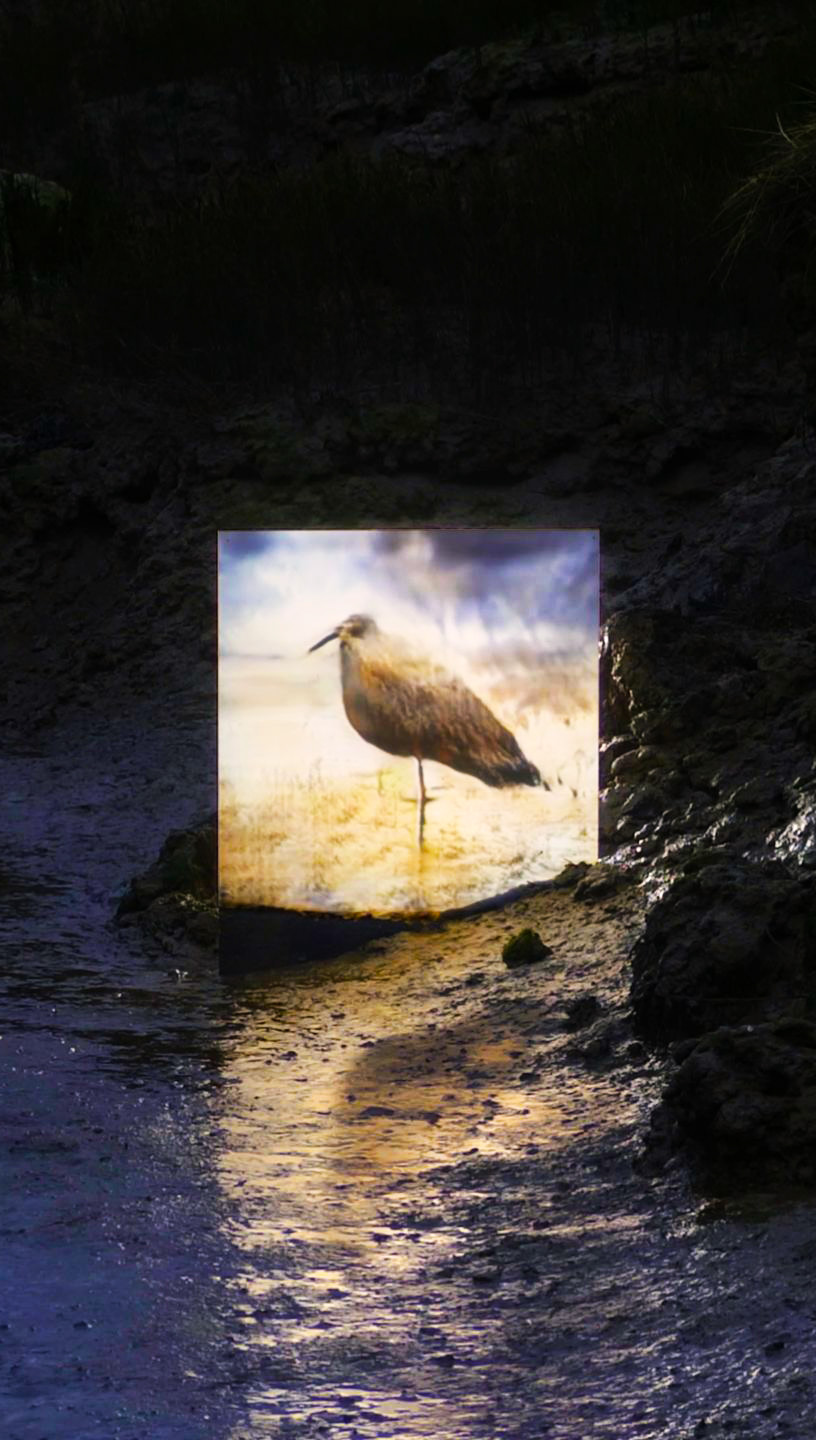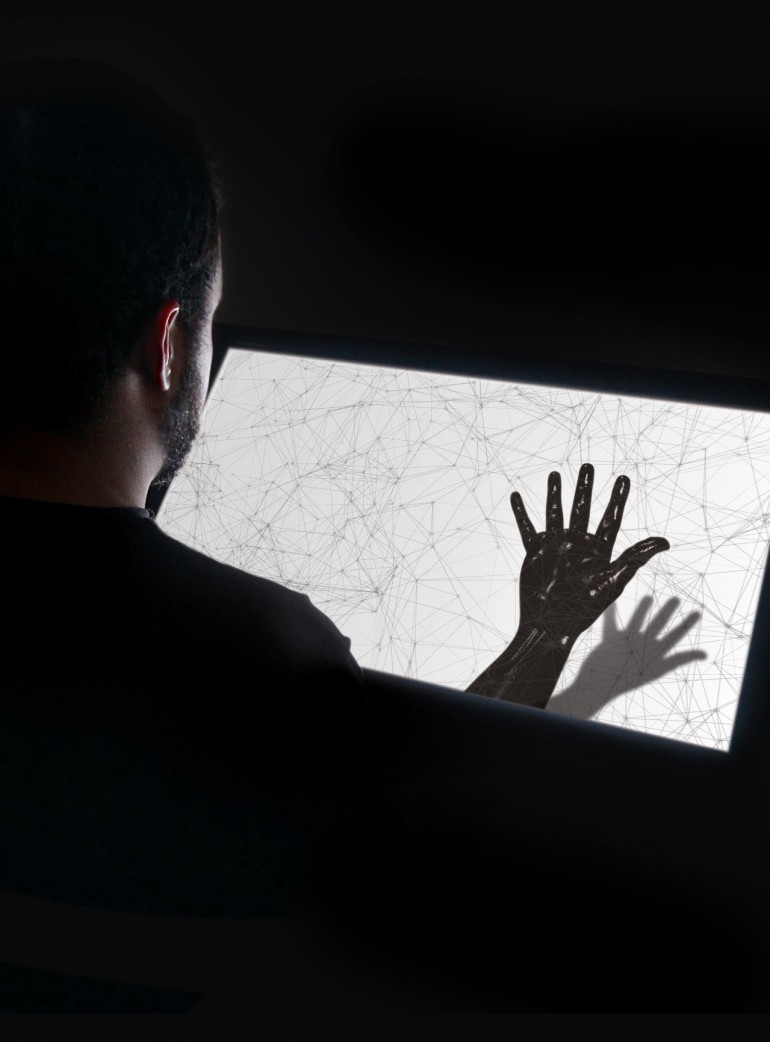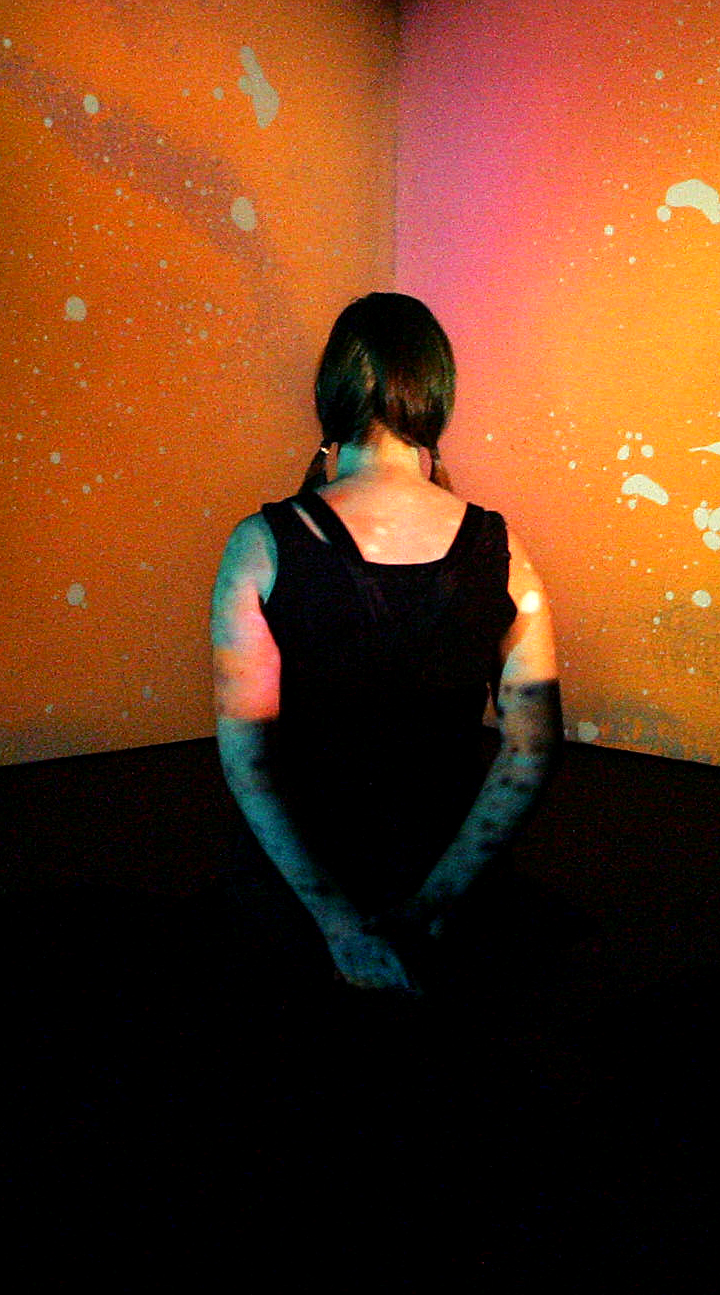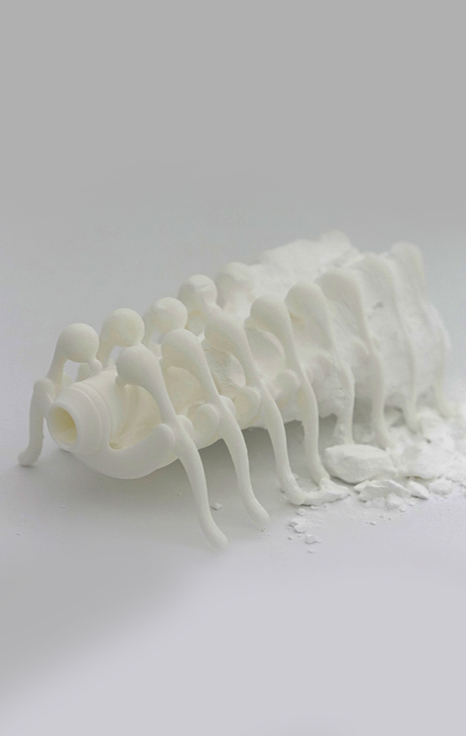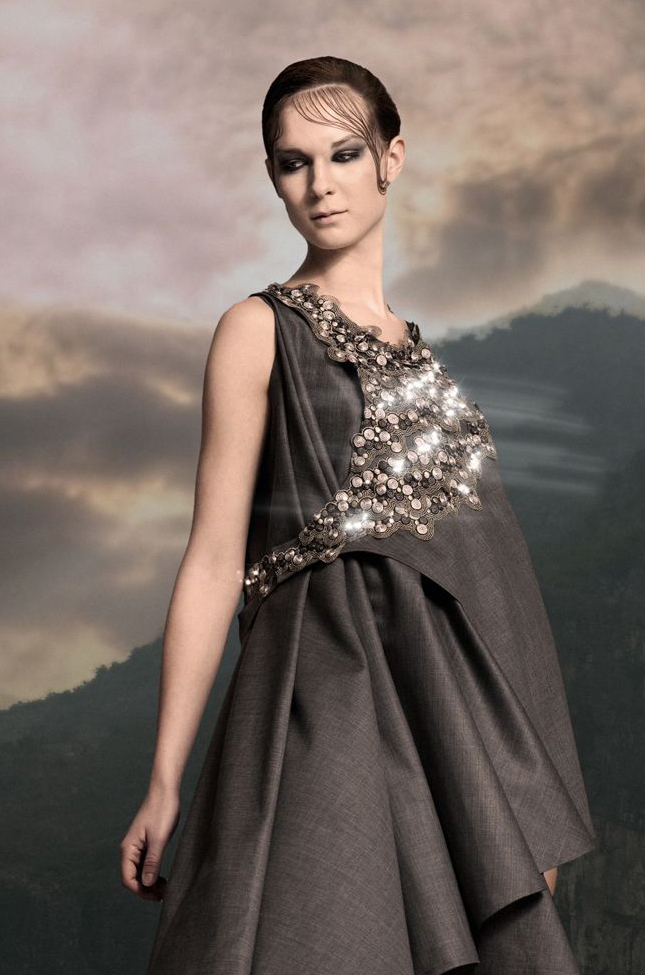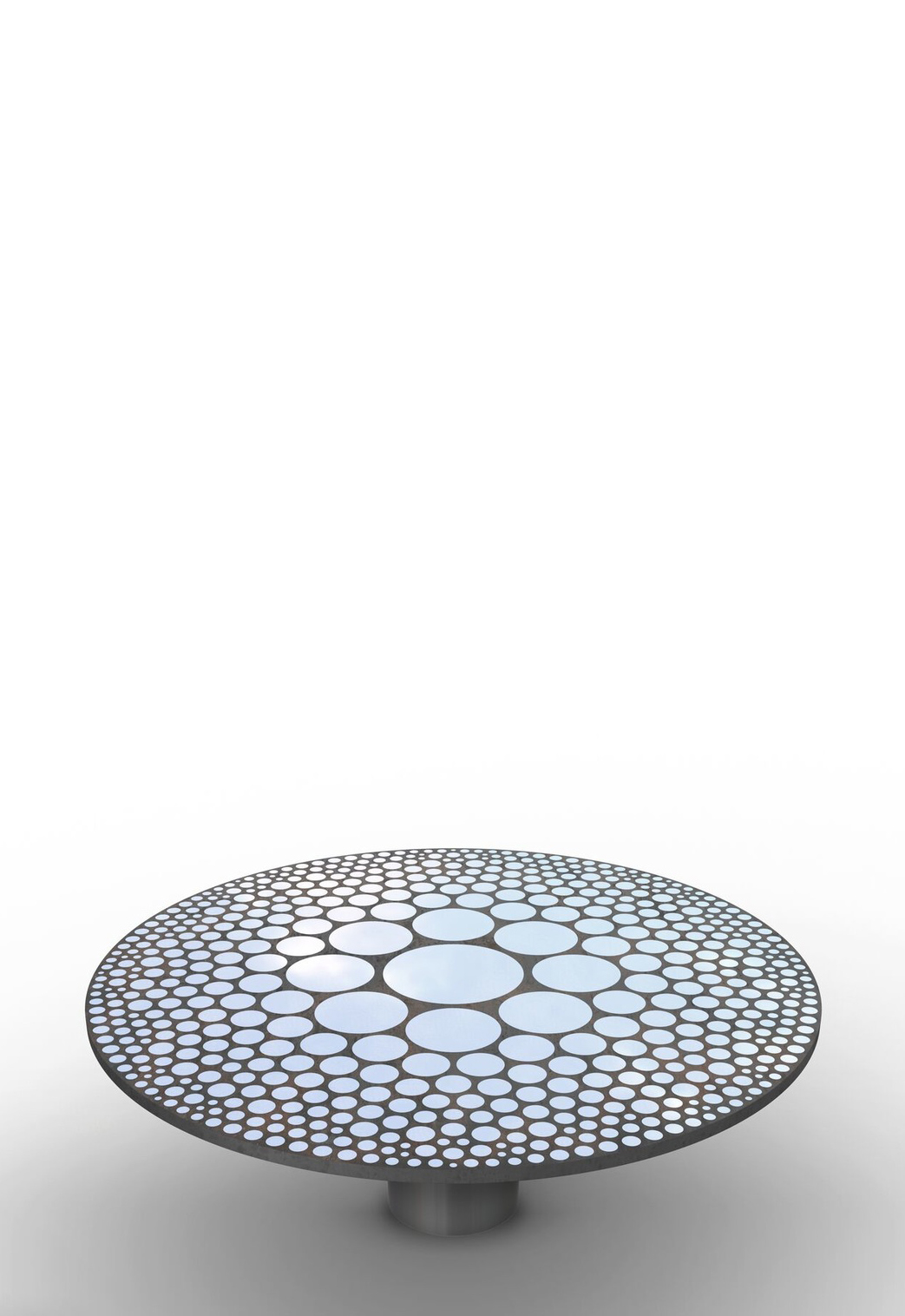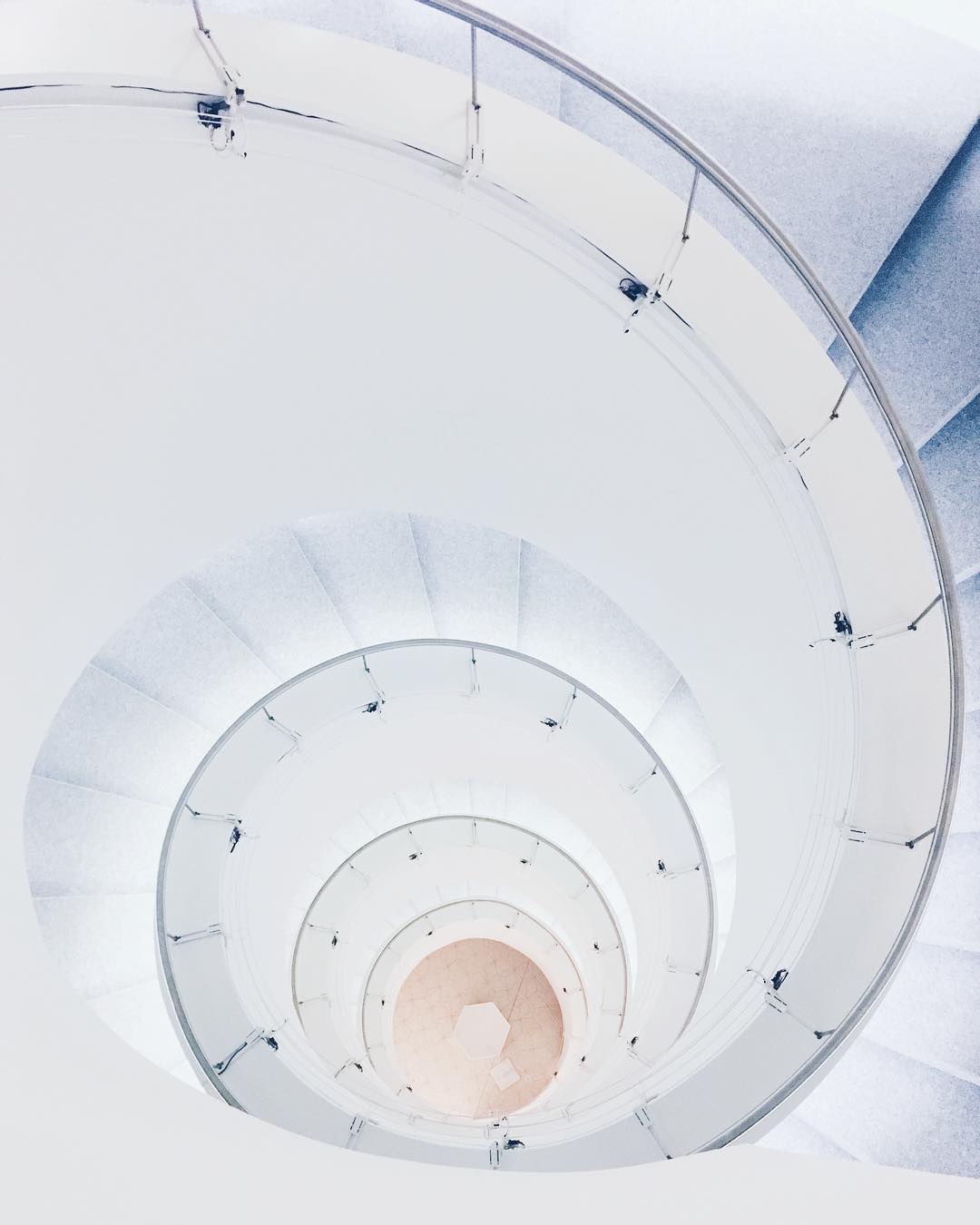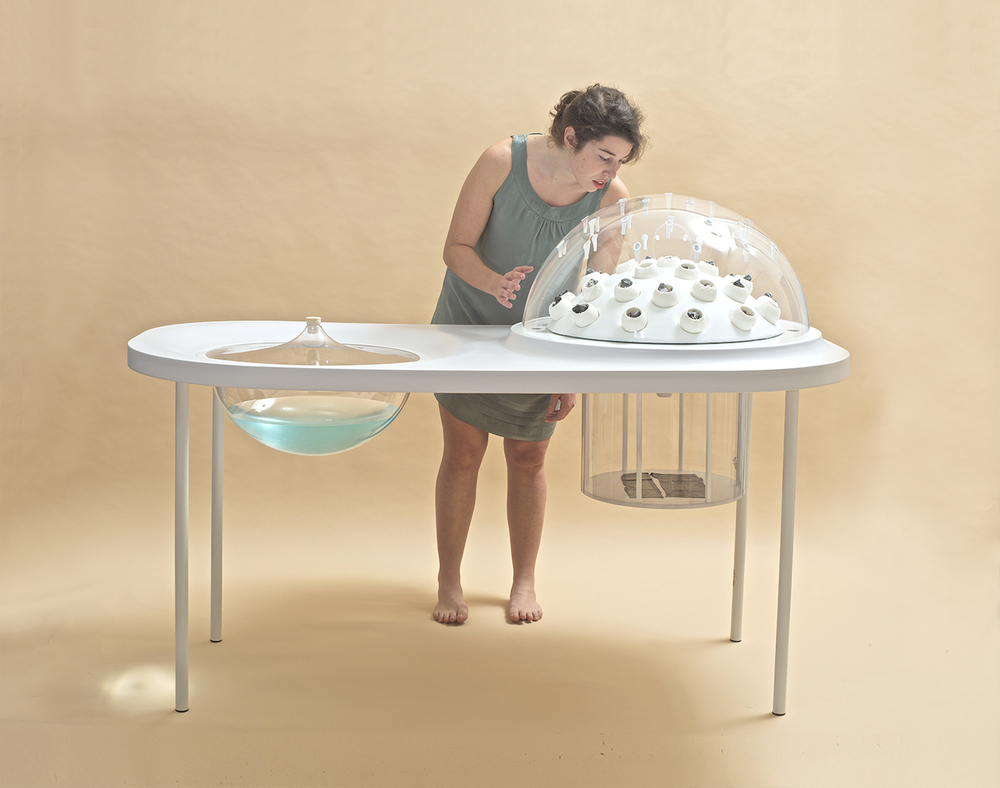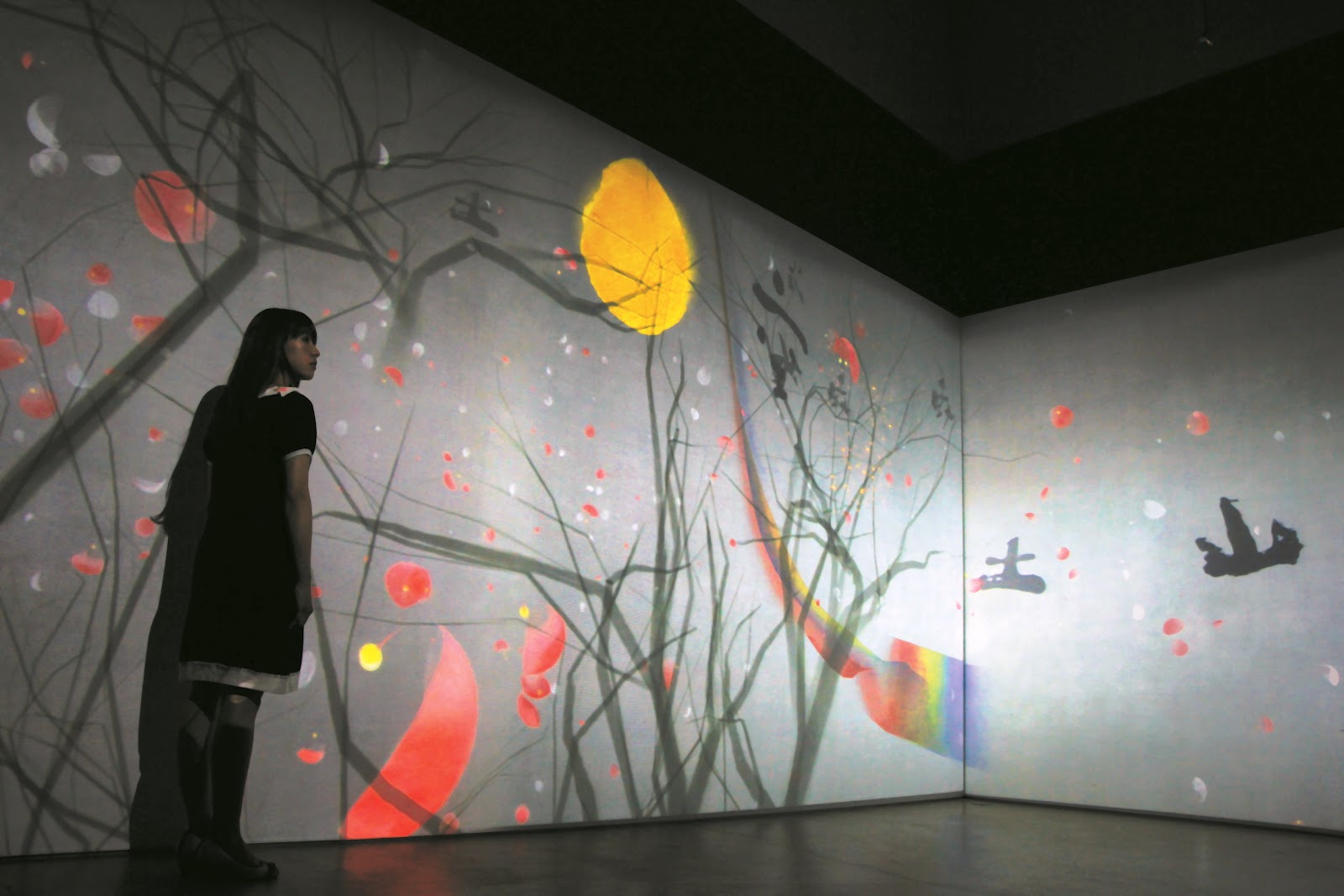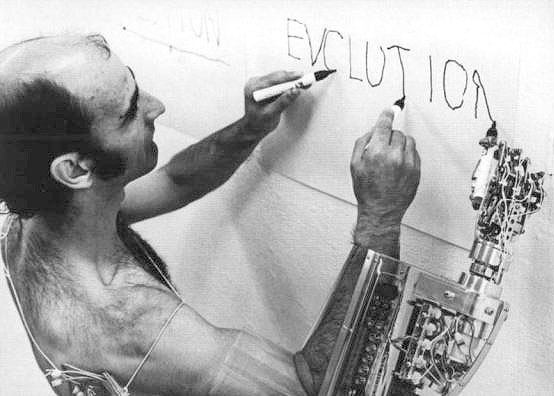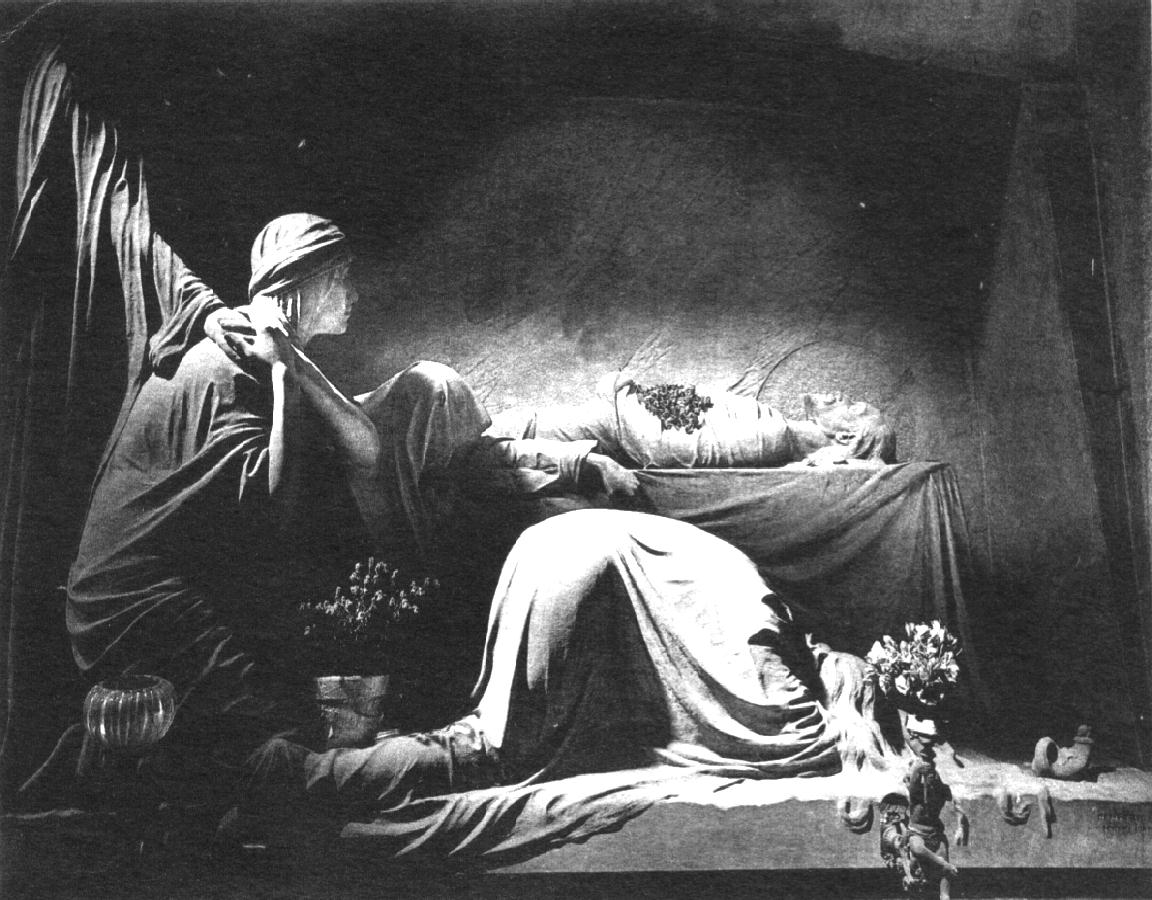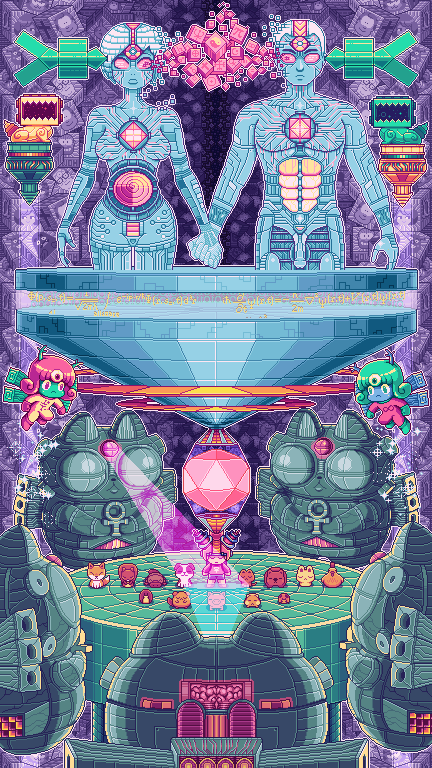
PAUL ROBERTSON
File Festival
Paul Robertson is an Australian animator and digital artist who is known for his pixel art used in short films and video games. He is mostly known for Scott Pilgrim Vs. the World: The Game and the recent release, Mercenary Kings. Apart from his seasoned career as a game designer and movie creator, Robertson has been recently spotted on Tumblr with these GIFS. His interest in inserting flashing neon colors, geometric shapes, Japanese character animation, and 1990′s computer imagery, deems his work as heavily influenced by the Seapunk/Vaporwave aesthetic.

